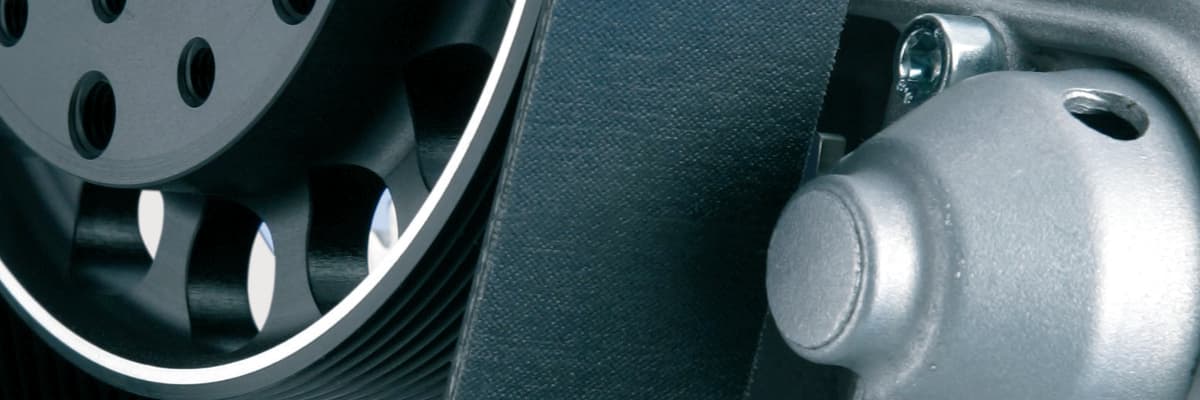Innovations in CONTI POLYFLAT Flat Elevator Belts Design and Construction
Open or closed? What about the grooves? We'll look at the structure and setup of tensile cords. When reduced thickness tolerance is needed?
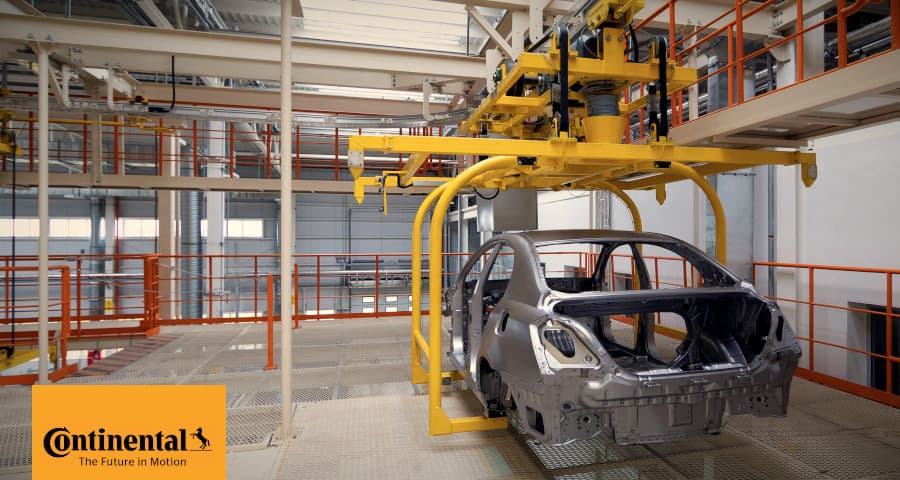
- Open or Closed Design? CONTI POLYFLAT Belt Grooving
- Construction of Tensile Cords
- Tensile Cord Alignment System. What S/Z Means
- When to Require Reduced Thickness Tolerance?
Thanks to advancements in technology, new procedures, and smart solutions, the application range of flat belts is increasingly expanding to lifting applications.
They are particularly used in elevators, lifting equipment, forklifts, car wash systems, lifting tables, and automatic door and gate systems.
CONTI POLYFLAT Flat Elevator Belts in the TYMA CZ Eshop
We will give you the delivery time and price according to the current information from the manufacturer, taking into account the quantity to be purchased. We will order the belts only after your confirmation.
Open or Closed Design? CONTI POLYFLAT Belt Grooving
The ContiTech production program responds to the demands of flat elevator belt applications from various perspectives. It includes belts of different designs and prices due to the specific manufacturing requirements of belts with the necessary characteristics.
Two-stage production also offers the possibility of additional groove shapes. Three-stage production allows for the application of an additional layer, such as a self-extinguishing layer, which is already required in the USA.
For the grooves of the belts, the requirements include perfect smooth operation or maximizing resistance to external influences by fully covering the tensile cords.
Open Design with Straight Grooves on the Bottom Side
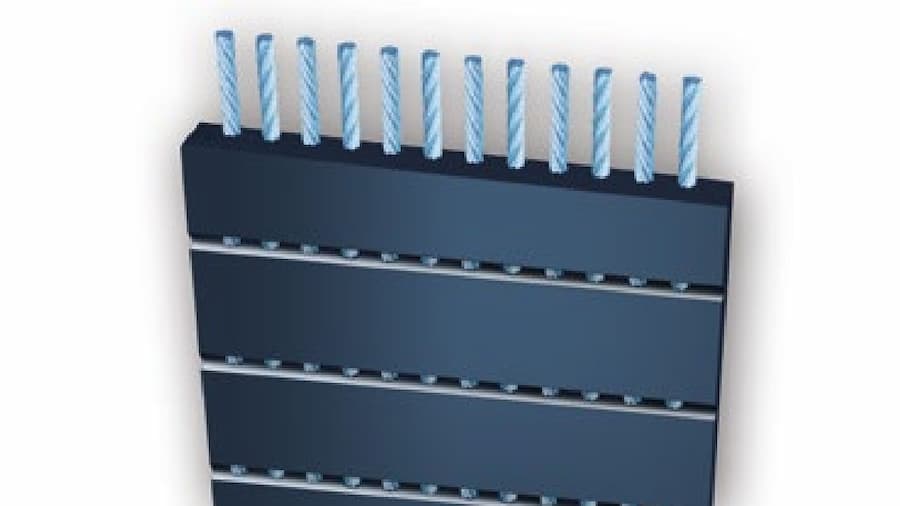
The basic design. This is how the first versions of CONTI POLYFLAT belts were manufactured.
The transverse grooves on the bottom side of the belt result from the production process, which in this case consists of a single step. Protrusions on the steel wheel guide the tensile cords with constant pre-tension and position.
The grooves reach up to the tensile cords. The back of the belt is flat and smooth without grooves.
The basic belts are manufactured with a standard thickness tolerance of ±0.2 mm. For winding applications, this factor must be taken into account. In such cases, choose a belt with a design whose manufacturing process offers a reduced thickness tolerance.
Open Design with V-shaped Grooves on the Bottom Side
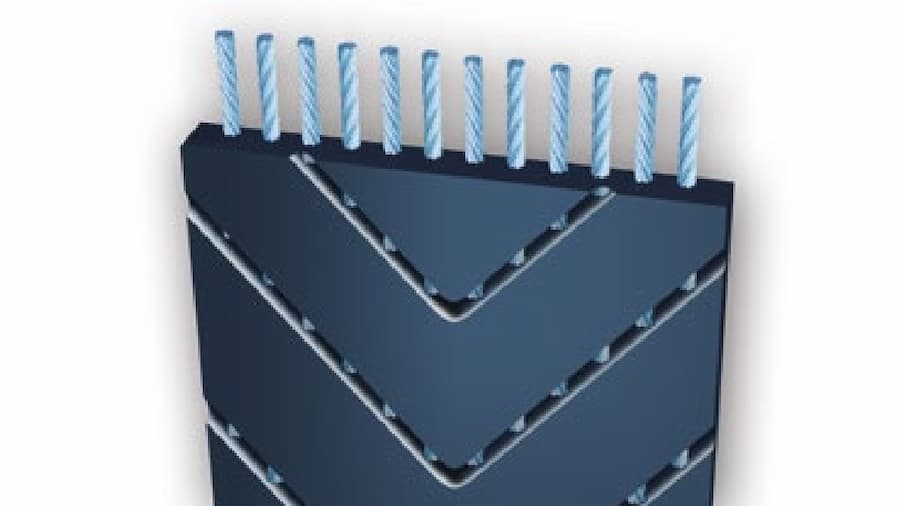
A special design based on the elevator belt patented by OTIS.
For smooth, quiet operation without small jolts or vibrations that transverse grooves may cause, the external shape of the forming wheel during production was modified to create a special combination of V-shaped grooves. These grooves are irregularly spaced and do not cause any run-up during operation. The movement is 100% homogeneous, like a smooth surface. The back of the belt is flat and smooth without grooves.
The technology enables production with a reduced thickness tolerance of 0.05 mm. Therefore, belts with V-shaped grooves can also be used in winding applications. They are standardly produced in the XHP design in widths of 30 and 60 mm.
We supply belts with V-shaped grooves only for industrial applications. For use in passenger elevators, they are manufactured exclusively for OTIS, which holds the certification without which the belts cannot be used.
Closed Design without Grooves = Smooth Belt on Both Sides
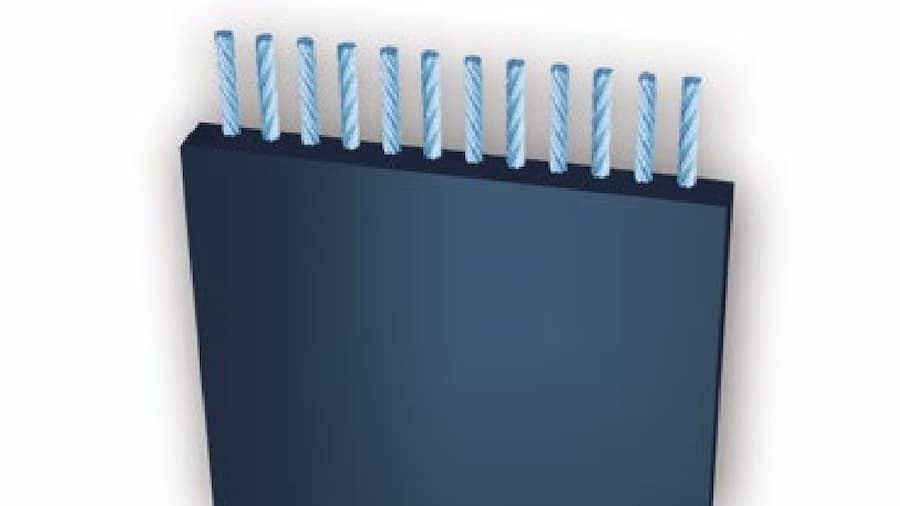
High-end design due to improved manufacturing technology. The tensile cords are fully protected from external influences within a polyurethane compound. The belt ensures extremely quiet operation without jolts and vibrations.
To make the bottom side of the belt groove-free, the production process was modified to a two-stage process. In the first step, one side of the belt is formed on the first wheel. Subsequently, on the second forming wheel, the second side is produced, with the pressed surface of the first side with tensile cords being guided on a smooth roller. The result is a belt with a completely smooth surface without grooves on either the bottom side or the back.
In this case, too, the technology allows for the production of belts with a reduced thickness tolerance of 0.05 mm, and they can therefore be used in winding applications. They are standardly produced in the XHP II design in widths up to 75 mm.
Since this is a two-stage production process, belts manufactured this way are somewhat more expensive.
Open and closed CONTI POLYFLAT belts in the TYMA CZ Eshop
Construction of Tensile Cords
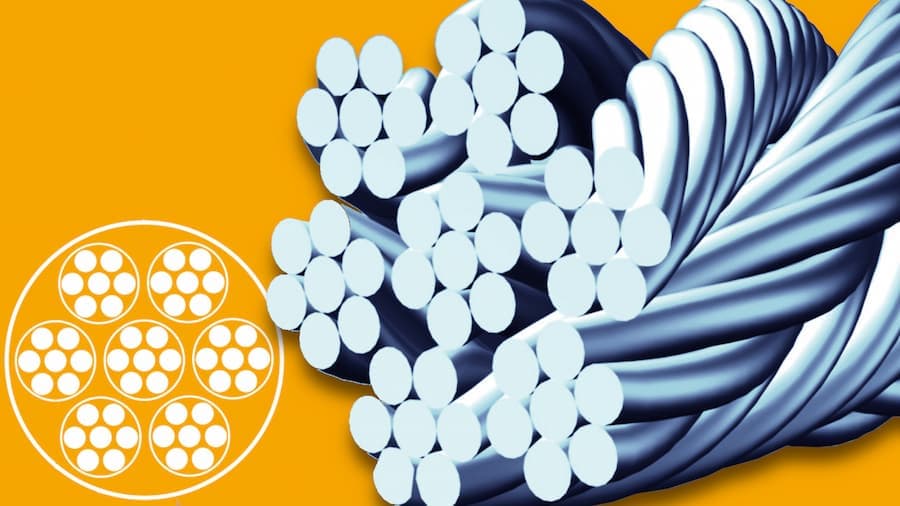
CONTI POLYFLAT polyurethane flat belts reinforced with steel cords offer high flexibility, wear resistance, and long service life. Although these belts are lighter than conventional steel cables, they transmit the same tensile force.
The service life of the CONTI POLYFLAT belt with XHP and XHP II steel cords is three times higher than that of current steel cables. When the manufacturer's conditions are met, the belts can operate for several million cycles over more than 10 years, with only a slight decrease in strength values even after this period. A traction test confirms the high wear resistance of the entire system.
The key to achieving these properties is the application of tensile cords and their advanced construction. Simply put, it can be described in three words: wire – strand – cord.
The CONTI POLYFLAT belt contains multiple times more steel wires than a conventional steel cable. Each of the 12 tensile cords in the belt contains 7 strands of 7 wires each. Therefore, one belt contains 588 wires. For comparison, a typical steel cable consists of 8 strands of 19 wires, totaling 152 wires.
The strands are galvanized on the surface, giving them properties close to corrosion resistance. Belts can be custom-made with stainless steel tensile cords. However, they are significantly more expensive and when ordering, a minimum order quantity must be considered.
For specific application requirements, belts can also be custom-made with aramid tensile cords. Although more prone to breakage and sensitive to moisture, they offer lower weight, resistance to aggressive chemicals, and are non-magnetic.
The horizontal alignment of the tensile cords gives the belts a flat shape, advantageous for lifting and winding applications, with the potential for significant minimization of pulley diameters.

CONTI POLYFLAT with Steel or Aramid Cords in the TYMA CZ Eshop
Tensile Cord Alignment System. What S/Z Means
The smooth running of the belt is ensured by the even distribution of forces within the belt. This is achieved by using a special tensile cord alignment system – the so-called S/Z system.
The S/Z system is based on the alternating use of tensile cords with left and right strand winding. This balances out irregularities and reduces the forces that would otherwise cause the belt to drift to one side. A belt with the S/Z system does not tend to twist or wave.

And why is it called the S/Z system? Because the left-hand winding of the strands resembles the shape of the letter S, while the opposite right-hand winding symmetrically resembles the letter Z.
CONTI POLYFLAT Belts with the S/Z System in the TYMA CZ Eshop
When to Require Reduced Thickness Tolerance?
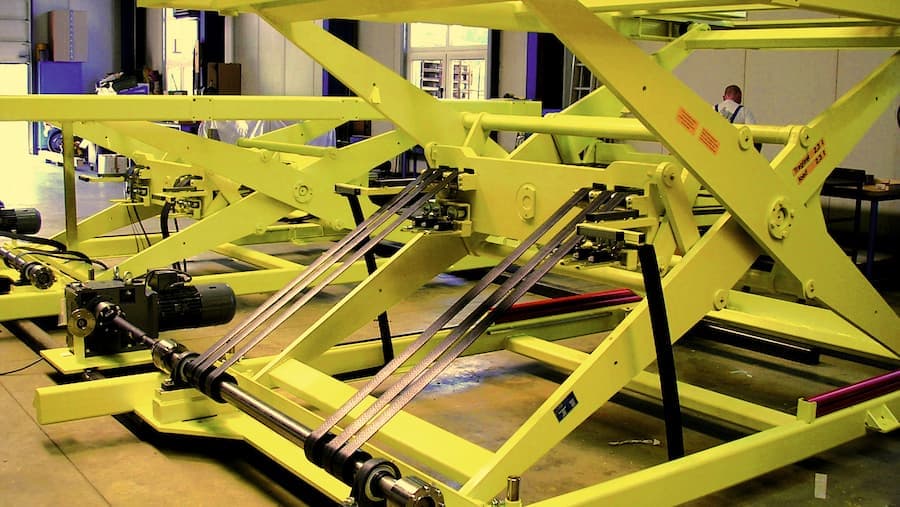
CONTI POLYFLAT flat belts XHP and XHP II with reduced thickness tolerance of ±0.05 mm are particularly suitable for winding applications and systems using multiple belts in a set.
This parameter becomes especially crucial when the equipment involves multiple winding drums within a single lifting system. Using belts with standard thickness tolerance of ±0.2 mm could lead to uneven winding after a certain number of wraps, resulting in mechanism crossing and skewed lifting.
Example
With a drum diameter of 200 mm and using an XHP belt with 3.0 mm thickness and ±0.2 mm tolerance, after 10 wraps, the lift difference of 113.1 mm between the two belts would be the result (7190.8 mm vs. 7077.7 mm).
In contrast, an XHP belt with reduced thickness tolerance of ±0.05 mm would show a lift difference of only 28.2 mm in the same scenario (7148.4 mm vs. 7120.2 mm).
CONTI POLYFLAT Belts with Standard and Reduced Thickness Tolerance in the TYMA CZ Eshop
